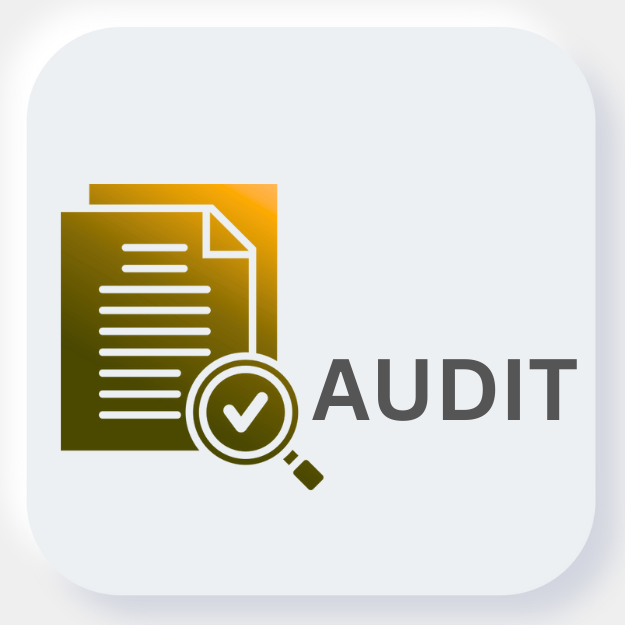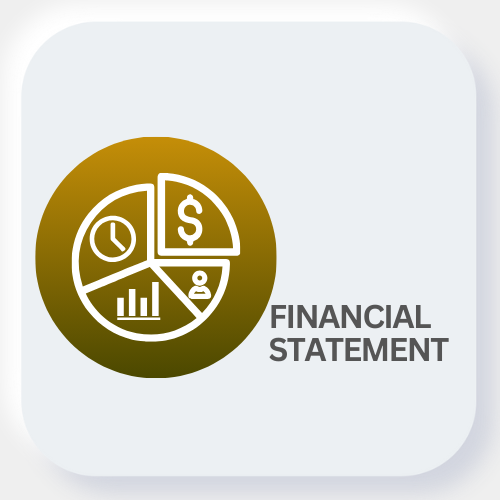
.png)












.png)










There comes a moment in every young Chartered Accountant’s life when the textbook world of ledgers, ratios, and
standards gives way to something far more real-and unpredictable. For many of us, that moment arrives with our
very first financial due diligence project.
If you’re about to step into the world of M&A, investment banking, or even startup advisory, chances are
someone’s going to ask: “Can you help with due diligence?”
And if you’re sitting there quietly panicking, googling how to do financial due diligence, trust me-you’re not
alone.
This guide isn’t just theory. It’s the real, practical walk-through I wish someone gave me when I was a fresher.
If you know the basics but need that street-smart layer-the kind that comes from actual deal rooms and
late-night Excel breakdowns-keep reading.
Picture this.
You’re advising a client who wants to buy a company. Big move, right? But before they swipe the cheque worth
₹100 crores, they ask the big questions:
That, my friend, is where you come in.
Financial due diligence is a deep-dive investigation into a business’s financial health, done before a deal. You help the buyer see through the books-uncovering red flags, one-offs, or anything that could change the deal’s value.
And no, it’s not something only done by fancy bankers or Big 4 hotshots. If you’re a fresher CA in a boutique advisory firm, a startup CFO’s team, or even corporate finance, you might be doing due diligence sooner than you expect.
Let’s break it down into real-world steps-minus the jargon, but with just the right amount of nerdiness to impress your manager. This section will make how to do financial due diligence feel less overwhelming and more actionable.
Before Excel even opens, ask:
Knowing the deal structure and intent gives you direction. You’ll know what to look for, and more importantly, what matters most to your client. This isn’t just a numbers game. It’s a business story, and that’s the first secret of how to do financial due diligence well.
You’ll typically get access to a virtual data room packed with:
Tip: Start a checklist. Organize files. Name folders clearly. You’re not just reviewing data-you’re building the bones of your analysis. It’s one of the core habits you’ll develop when learning how to do financial due diligence thoroughly.
Now the real work begins. Open Excel. Pour some coffee. And go line by line.
What you’re looking at:
Build out a clean, simple model. Year-on-year comparison. Common size (% of revenue). Keep formulas easy to follow. This is where many freshers go wrong-clarity > complexity. It’s a must-know skill for anyone mastering how to do financial due diligence effectively.
Here’s a truth you’ll learn early: reported EBITDA is almost never the real EBITDA.
That’s why understanding how to do financial due diligence well often comes down to identifying these adjustments:
You’re trying to show the buyer what “normal” profits would look like if the business was run professionally. This is called normalized EBITDA, and it’s usually the starting point for valuation.
This part? It’s where red flags like to hide.
Ask questions. Trace anomalies. You’re not being paranoid—you’re doing your job. That’s the mindset shift in learning how to do financial due diligence with confidence.
You don’t need to know every section of the IT Act. But do look for:
Remember: A company that’s sloppy with tax usually has other hidden issues too. Any guide on how to do financial due diligence will tell you tax checks are non-negotiable.
The final piece of the puzzle: the Financial Due Diligence Report.
And trust me—it’s not just for the CA in the room. The business head, the investor, and even the legal team will read it. So make it:
Your job is to show the real picture—warts and all. That’s the essence of how to do financial due diligence professionally.
Audit checks compliance and accuracy. Due diligence checks business reality. Audit is backward-looking; due diligence is forward-focused.
Yes. Many firms prefer freshers-they bring energy and Excel skills. Just be curious and hungry to learn. The more you practice how to do financial due diligence, the sharper you’ll get.
Small deals: 1–2 weeks. Larger M&As? Easily a month or more. Timelines shift—be ready.
Excel (advanced). PowerPoint. Data room platforms like Intralinks. And maybe brush up on valuation basics.
Let’s be real-your first financial due diligence project might feel like a mess. You’ll second-guess your work.
You’ll wonder if you’re missing something obvious. You might even panic when your senior asks you to explain a
margin dip you didn’t spot.
But that’s how you learn. Every good FDD professional was once a fresher who asked too many questions, made ugly
Excel files, and forgot to update the index page in the report.
So if you're still wondering how to do financial due diligence as a fresher-here’s the real answer:
Start. Ask. Observe. Fix. Repeat.
You’ve got the tools. Now it’s time to build the instinct.